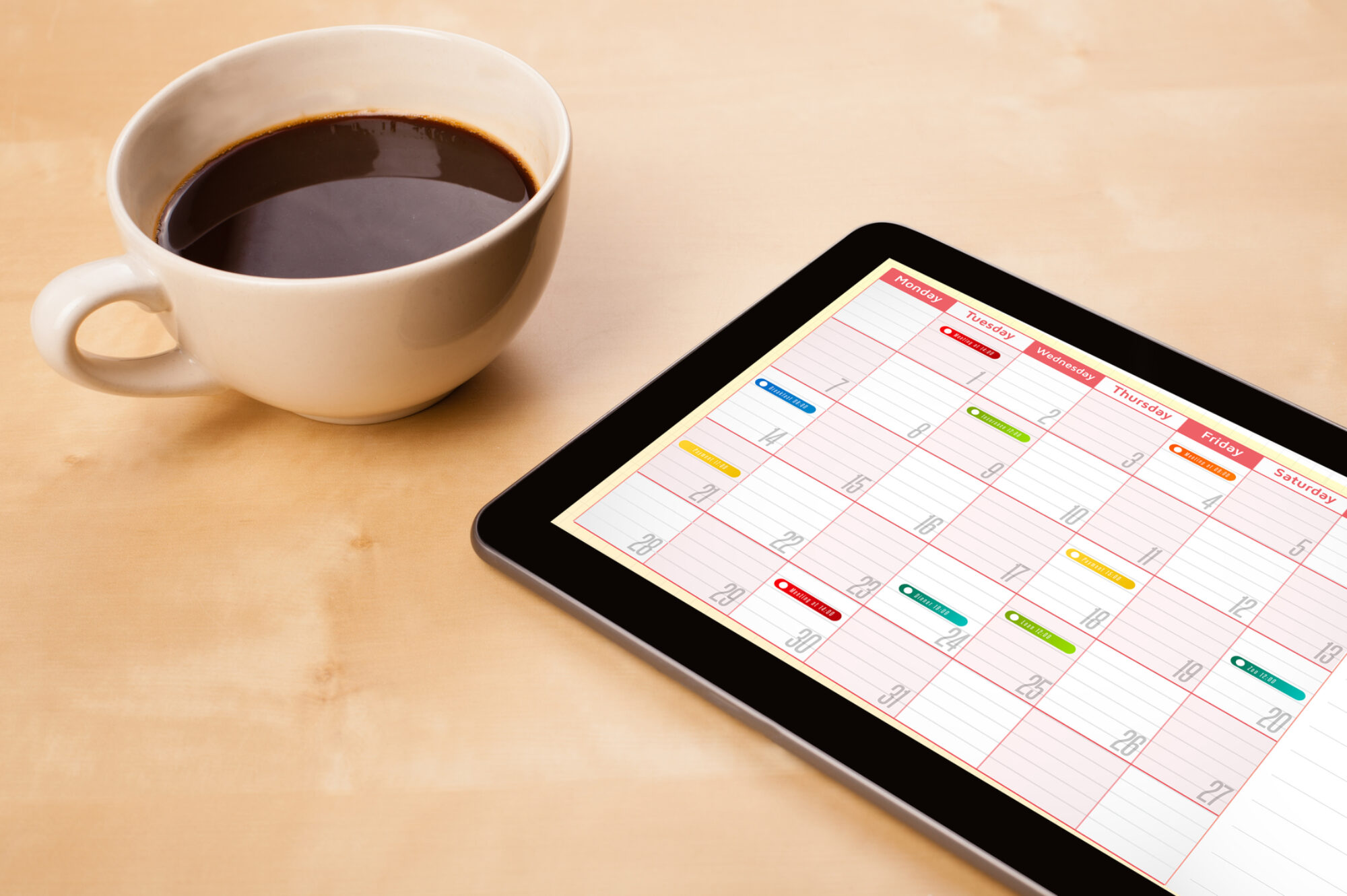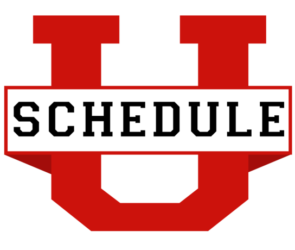Before we look at your specific recommendations, let’s discuss a concept we have pioneered here at ScheduleU.
The idea is simple: the volume of tasks you can manage varies with the setup of your habits, practices, apps and devices.
But that’s not all. There’s a corollary: when your current task volume exceeds the capacity of your setup, you inevitably experience a number of unwanted symptoms.
The good news is that you can change your setup, but the bad news is that most people don’t know where their setup came from, or what task volume it’s intended to handle. Therefore, they struggle.
If you have been experiencing some unwanted symptoms, then perhaps you are questioning whether or not you made the right choice to pick up a Simple App. Perhaps you are using Google keep or Apple Notes, or maybe a simple text file editor. You could also be using a full-featured task manager, but if the tasks in your setup aren’t being tagged (and therefore can’t be sorted and viewed in different ways), then you are effectively using a Simple App.
But take a look back. When did you start using the app and why? There are a few likely possibilities.
One is that you were using either your memory or paper to store your tasks. Then, you decided to make use of your phone’s features…given the fact that you carry it everywhere. So you either downloaded an app or used one that is built into your device.
The reason you made the switch was to rid yourself of unwanted symptoms i.e. to gain some extra capacity to manage your tasks. You realized that a better tool could help to stay on top of more tasks, much in the same way that swapping a shovel for a hand trowel allows you to move more dirt.
But now, you are back where you started, facing lingering unwanted symptoms. They may even be the same ones you thought you had outgrown. Now what?
For most people, cutting back their commitments isn’t an option. Neither is doing the same thing hoping for a different result.
Instead, I recommend you look for and implement a Complex Task App such as Todoist or OmniFocus. What they all have in common is the ability to tag tasks with an attribute, and sort them accordingly. As you can see in the diagram below, it’s the step most people take as their task volume continues to grow.

For example, the popular book, Getting Things Done, advocates the use of physical location as a tag. This allows you to group together stuff you can only do at home, at the office, running errands or on your next Caribbean vacation. When you arrive at the location, you can easily find the tasks which can only be done there.
Other authors distinguish other methods of tagging: by priority, urgency, importance energy availability and other useful attributes. They all have their place.
How do you decide which path to follow?
The other training resources available at 2Time Labs can help you decide which approach is best. You can even skip a step on the average path and go directly to Levels 5 and 6 which use time blocking.
Unfortunately, these resources aren’t the focus of ScheduleU, but the thinking is compatible.
If you pick up and use any of these other resources, you should expect to become an expert self-diagnostician. They around about theory: you’ll do a full work-up of your skills in a number of fundamentals: Scheduling, Capturing, Emptying, Tossing, Acting Now, Storing, Listing, Switching, Interrupting, Warning, Reviewing, Flowing and Habiting. This workup follows the four steps below.

They guide you towards crafting an individual plan of change made up of small changes in behavior. This plan will be uniquely yours, designed for the removal of unwanted symptoms and to bolster your peace of mind and productivity.

